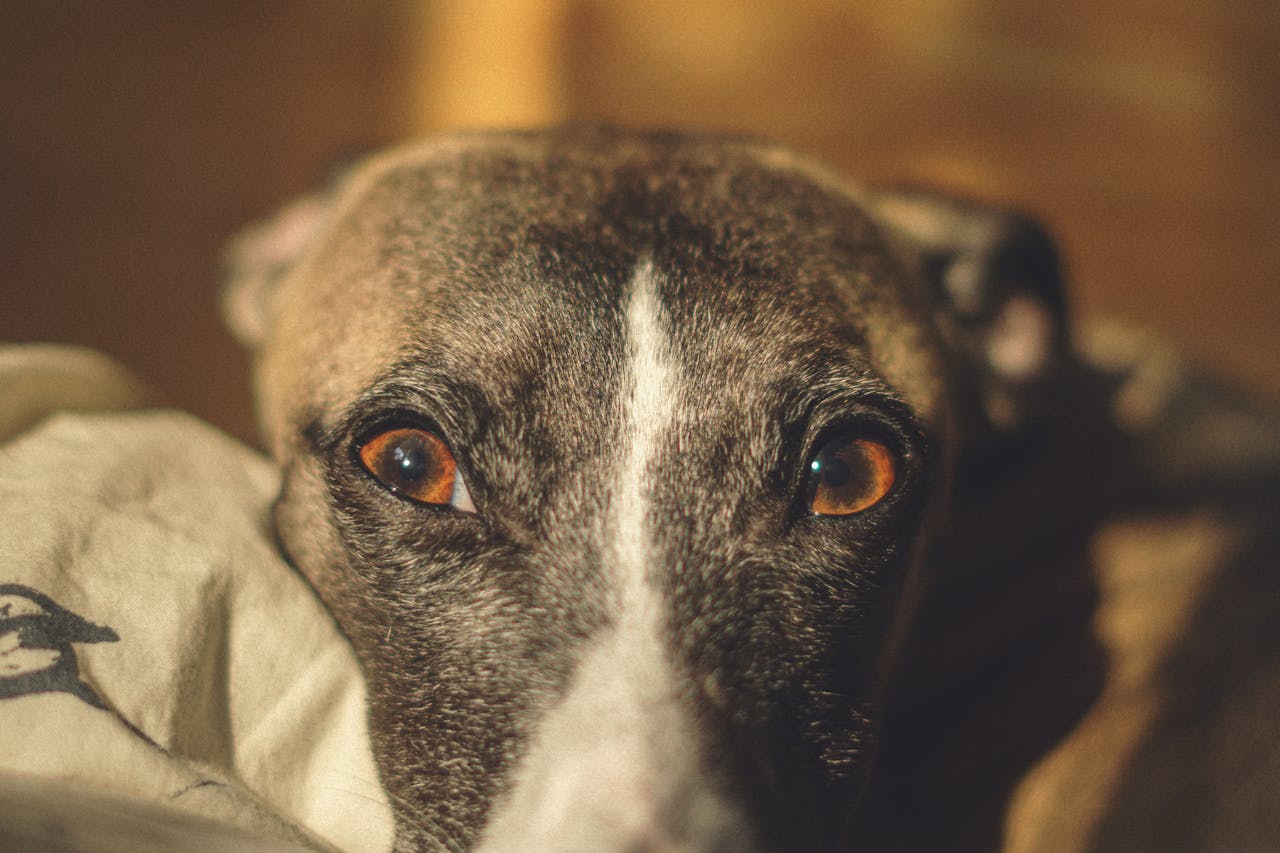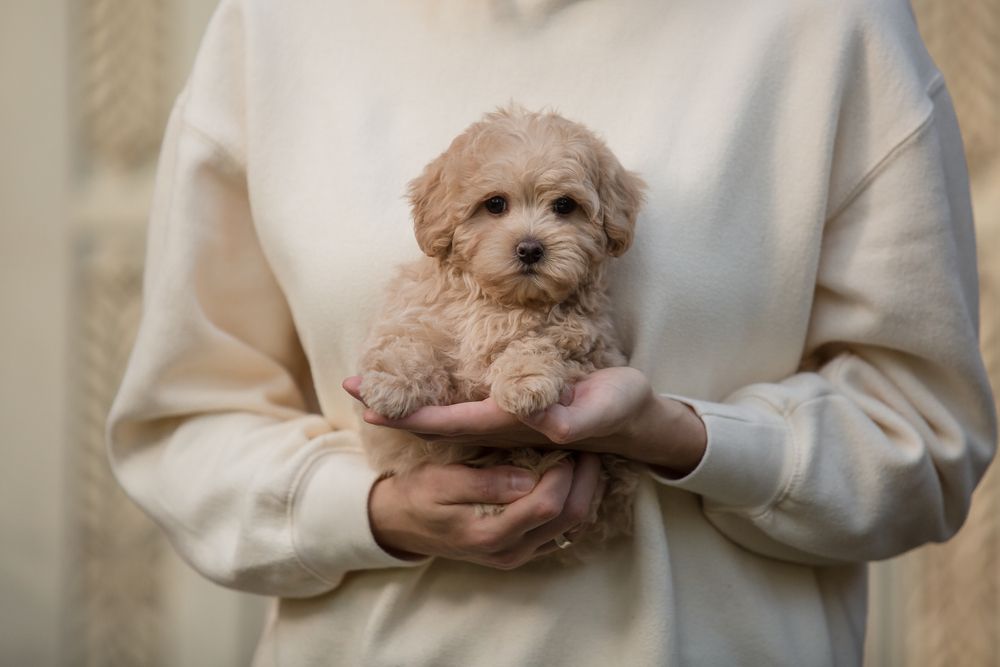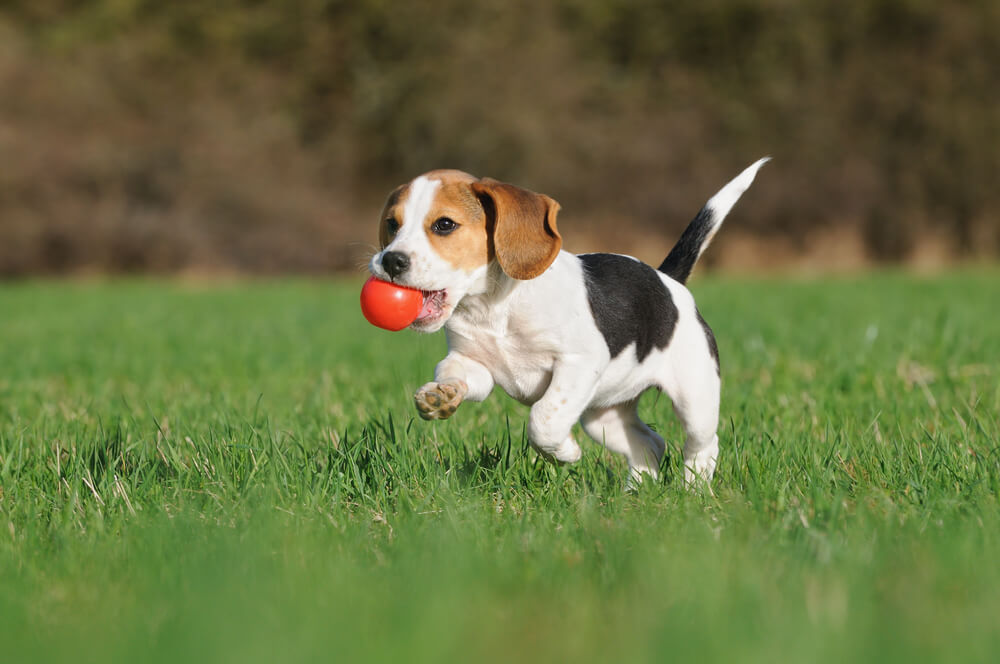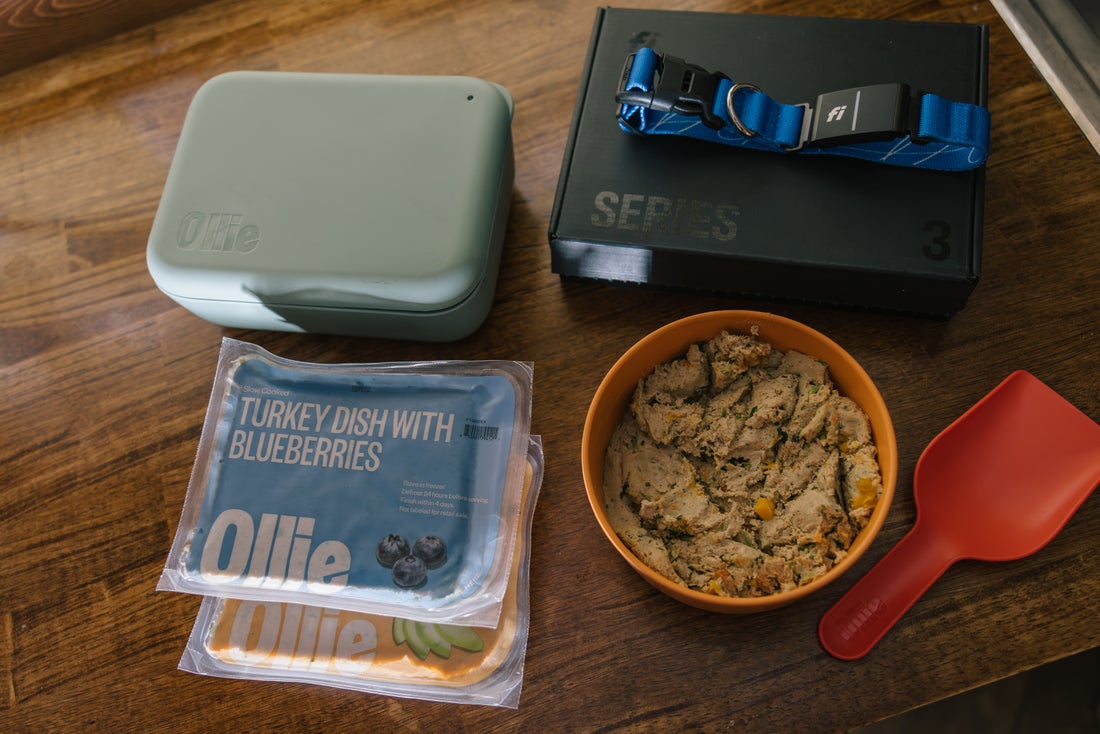Hey Ollie blog readers! We’re offering you an exclusive 60% OFF your starter box! Try now!
If your dog has dry paws, a chapped nose, or an irritated patch of skin, it’s tempting to reach for whatever’s in your medicine cabinet. For many pet parents, that’s Aquaphor. It’s a go-to for healing cracked lips, soothing burns, and calming dry skin. But is it safe to use on your pup?
The short answer: yes, Aquaphor is generally safe for dogs in small amounts and when used properly. That said, there are some important things to know before you start applying it to your dog’s skin.
Let’s break down what Aquaphor is, how it works, and when (or when not) to use it on your pup.
What Is Aquaphor?
Aquaphor is a topical ointment made to protect and heal the skin. It’s often used by humans for things like dry hands, cracked heels, chapped lips, and minor scrapes or burns.
The main ingredient is petrolatum, also known as petroleum jelly, which acts as a moisture barrier. It also includes ingredients like mineral oil, ceresin, lanolin alcohol, glycerin, and panthenol. These help lock in moisture and support the skin’s natural healing process.
What makes Aquaphor popular is its versatility and gentle formula. It’s fragrance-free, preservative-free, and doesn’t contain any active medications, which makes it one of the safer over-the-counter options for minor skin issues.
Is Aquaphor Safe for Dogs?
In general, yes. Aquaphor is considered non-toxic for dogs, which means that if they lick a little bit off their paw or nose, it usually won’t cause harm. Many veterinarians even recommend it for certain issues like dry skin, calluses, or minor irritations.
That said, “safe” doesn’t mean risk-free. It’s not made specifically for pets, and it’s not meant to be eaten. While licking a small amount isn’t likely to cause serious problems, eating larger amounts can upset your dog’s stomach or lead to diarrhea.
As with any human product, the key is moderation. Use a tiny amount, apply it in areas your dog can’t easily reach, and monitor for any unusual reactions.
Can I Put Aquaphor on My Dog?
Yes, you can put Aquaphor on your dog, but only in certain situations and with the right precautions.
Aquaphor works best as a moisture barrier, which means it can help protect your dog’s skin from cracking, drying out, or becoming further irritated. Many dog parents use it in small amounts on areas like:
- Cracked paw pads after long walks or exposure to snow and ice
- Dry noses during cold months or after sun exposure
- Minor skin irritations that aren’t open, bleeding, or infected
- Callused elbows from laying on hard surfaces
When using Aquaphor, apply a thin layer and try to distract your dog while it absorbs. This could mean giving them a treat, offering a lick mat, or even covering the area with a soft sock or bootie for a little while. The less they lick, the more effective it will be.
Avoid using it in or near your dog’s eyes, ears, or any deep wounds. And if the area looks red, swollen, or painful, it’s always better to talk to your vet first.
What Happens if My Dog Licks Aquaphor?
Most dogs will try to lick anything new you put on their skin. If your pup licks off a small amount of Aquaphor, don’t panic. It’s not toxic, and in small doses, it’s usually not a cause for concern.
That said, it’s not meant to be ingested. The petrolatum and mineral oils in Aquaphor can be tough on your dog’s digestive system if they eat too much of it. A few possible side effects include:
- Loose stool or mild diarrhea
- Vomiting (especially if a large amount is consumed)
- Temporary loss of appetite
If your dog eats more than a small dab or gets into an entire tube, call your vet or an animal poison control hotline. You’ll want to monitor for symptoms like persistent vomiting, bloating, or lethargy.
To prevent licking, try distracting your pup after application, or use a physical barrier like a cone or paw bootie if the area is easily accessible.
When Does Aquaphor Help Dogs?
Aquaphor is most helpful when your dog has minor skin issues that need moisture, protection, or a barrier against further irritation. It doesn’t treat infections or more serious medical conditions, but it can support healing in the right situations.
Here are a few examples of when Aquaphor can come in handy:
- Dry, chapped paws: After long walks on pavement, snow, or salted sidewalks, your dog’s paw pads can dry out. A small dab of Aquaphor helps soothe and protect them.
- Crusty or cracked noses: Some dogs develop dry, flaky noses from cold weather, allergies, or certain medical conditions. Aquaphor can help soften and rehydrate the skin.
- Calluses on elbows or joints: Larger dogs often develop rough patches where their skin rubs against hard flooring. Aquaphor can help reduce friction and discomfort.
- Minor rashes or redness: If your dog has a small, non-bleeding area of irritated skin (like a bug bite or mild rash), Aquaphor may help keep the area moisturized while it heals.
Remember, Aquaphor is not a cure for allergies, infections, or wounds. If the problem spreads, smells bad, or looks worse over time, your dog may need prescription treatment instead.

How to Apply Aquaphor Safely on Dogs
Using Aquaphor on your dog is simple, but there are a few steps to make sure you’re doing it safely and effectively.
Step 1: Clean the Area
Before applying anything, gently clean the area with warm water and a soft cloth. Pat it dry with a clean towel.
Step 2: Use a Small Amount
You don’t need much. Apply a thin layer—pea-sized or smaller, depending on the area. Rub it in gently with clean fingers.
Step 3: Prevent Licking
Try to distract your dog for a few minutes after applying it. You can use a treat puzzle, a lick mat, or their favorite toy. If needed, cover the area with a sock, shirt, or paw bootie to stop licking.
Step 4: Monitor the Skin
Check the area daily. If it improves, you can keep using Aquaphor as needed. If it gets worse or your dog seems uncomfortable, stop using it and contact your vet.
When Not to Use Aquaphor on Dogs
While Aquaphor can be helpful in certain situations, there are times when it’s not the right choice, and using it could actually make things worse.
Here’s when you should skip the Aquaphor and talk to your vet instead:
- Open or bleeding wounds: Aquaphor isn’t a disinfectant. It can trap bacteria and moisture, which may slow healing or lead to infection.
- Oozing or smelly skin: These signs often point to an infection, allergy flare-up, or another underlying issue that needs medical treatment.
- Hot spots or raw patches: Aquaphor might soothe mild redness, but for moist or inflamed areas, a vet-recommended treatment is safer and more effective.
- Eye, ear, or genital areas: These sensitive spots should only be treated with products specifically approved for those areas in dogs.
- If your dog obsessively licks the spot: Licking off Aquaphor not only reduces its effectiveness, but too much ingestion can cause digestive upset.
When in doubt, it’s always a good idea to call your vet before applying any over-the-counter product, even something that seems harmless like Aquaphor.
Dog-Safe Alternatives to Aquaphor
If you’re looking for something made specifically for dogs, there are pet-friendly alternatives to Aquaphor that can be just as effective—and in some cases, even better suited for your pup’s skin.
Here are a few dog-safe options:
- Natural balms for paws and noses: Look for products with ingredients like beeswax, coconut oil, or shea butter. These are soothing, safe, and less likely to upset your dog’s stomach if licked.
- Veterinary-recommended skin creams: If your dog has allergies, hot spots, or chronic dryness, your vet may suggest a medicated balm or spray that targets the root cause.
- Oatmeal-based moisturizers: Great for itchy, irritated skin, especially during allergy season or after a bath.
- Coconut oil (in moderation): Some dog parents use a small amount of organic coconut oil to soothe dry spots. Just be careful with overuse—it can still lead to soft stools if ingested in large quantities.
Choosing the right product depends on what’s causing your dog’s skin issue. If you’re unsure, a quick check-in with your vet can save you time, stress, and guesswork.
Should You Use Aquaphor for Your Dog’s Skin?
Aquaphor can be a handy fix in a pinch, especially for dry noses or rough paws. If you use it sparingly and keep your pup from licking it off, it can help soothe the skin and create a barrier against the elements.
But here’s the thing—skin issues usually start from the inside. If your dog is constantly dealing with dryness, flakiness, or irritation, there might be something deeper going on. Allergies, poor nutrition, or food sensitivities can all show up through the skin.
That’s where we come in.
At Ollie, we craft fresh, nutrient-rich food that supports your dog’s skin and coat from the inside out. Our recipes include ingredients rich in omega-3 fatty acids, vitamin E, zinc, and high-quality protein, all essential for healthy skin.
So yes, Aquaphor can help in small ways. But if your dog’s skin needs real support, it might be time to take a closer look at what’s going into their bowl.
Aquaphor Can Help, But It’s Not a Fix-All
Aquaphor can be a helpful tool in your pet parent toolkit, especially for dry paws or minor skin irritation. It’s generally safe for dogs in small amounts and can provide a moisture barrier when used with care.
But if your dog’s skin issues are constant or seem to get worse, it’s time to look deeper. Skin health often starts with what’s in your dog’s bowl. Poor-quality food, allergens, or lack of essential nutrients can all show up as itchy, dry, or flaky skin.
That’s why at Ollie, we focus on real food with real benefits. Our vet-formulated recipes are crafted with high-quality meat, superfoods, and nutrients that support healthy skin, a shiny coat, and a thriving gut.
Ready to feed your dog from the inside out?
Start with a personalized meal plan from Ollie and see the difference fresh food can make.
Frequently Asked Questions
Can I use Aquaphor on my dog’s nose?
Yes, Aquaphor can be safely used on a dry or chapped nose in small amounts. Just make sure your dog doesn’t lick it off right away.
Is Aquaphor better than Vaseline for dogs?
Both are similar in texture and function, but Aquaphor contains added ingredients like panthenol and glycerin that may provide extra moisturizing benefits. Still, neither is a cure for serious skin problems.
What happens if my dog eats a whole tube of Aquaphor?
A large amount could upset your dog’s stomach and lead to vomiting or diarrhea. If this happens, call your vet or a pet poison control line right away.
Can I use Aquaphor on a dog’s paws?
Yes. It’s commonly used on dry or cracked paw pads. Just be careful with slippery floors, and try to prevent licking by using a bootie or distracting your dog.
Is Aquaphor safe for puppies?
Aquaphor is not toxic, so it can be used on puppies for minor dryness. Still, check with your vet before using any human product on a young pup.
Tagged As:
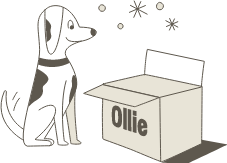
The nutrition your dog needs,
the food they want.

Enjoying our articles? Subscribe our Newsletters and get new articles directly to your inbox
You might also like
18 September 2025
5 MINS READ
Can I Rotate Fresh Dog Food Flavors?
Yes, it’s safe to rotate fresh dog food flavors, and many dogs actually benefit from the variety. At Ollie, we offer multiple fresh recipes, like Beef, Chicken, Turkey, Lamb, and Pork so you can…
by Ollie Pets
18 September 2025
5 MINS READ
Is Fresh Dog Food Safe During Power Outages?
Fresh dog food is only safe during a power outage if it has stayed cold, specifically, below 40°F. Once the temperature rises above that point, bacteria can start to grow, and the food may no lon…
by Ollie Pets
18 September 2025
5 MINS READ
How Do I Store Fresh Dog Food While Traveling?
If you’re bringing fresh dog food on the road, keeping it cold is key. The best way to store it is in a cooler with ice packs or a travel freezer. At Ollie, our vacuum-sealed fresh food stays good…
by Ollie Pets
